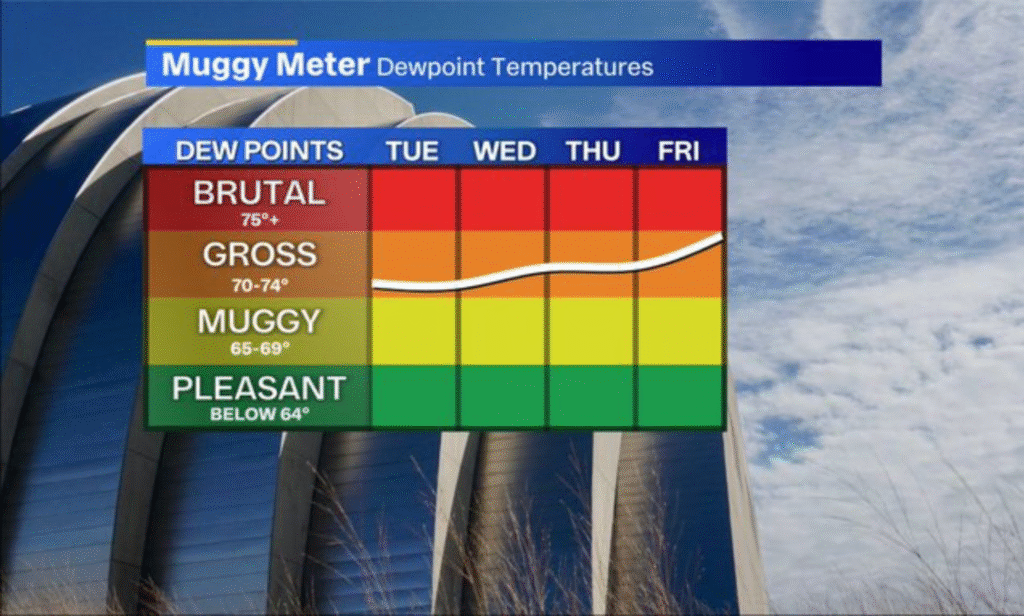Hardwood floors add timeless beauty and warmth to any home. However, over the years, you may notice that the once-vibrant colors of your hardwood floors start to change. This natural phenomenon can leave homeowners wondering why it happens and what they can do about it. In this blog, we’ll explore the reasons behind these color changes and fading and offer tips on how to maintain the beauty of your hardwood floors for years to come.

The Role of Sunlight:
One of the primary culprits behind color changes and fading in hardwood floors is sunlight. Sunlight contains ultraviolet (UV) rays that can have a transformative effect on wood. Over time, prolonged exposure to sunlight can lead to the bleaching or darkening of your hardwood floors, depending on the wood species and finish used.
Tip: To protect your floors from UV damage, consider using curtains, blinds, or UV-blocking window films in areas with strong sunlight exposure.
The Oxidation Process:
Freshly installed hardwood floors may appear different in color from older sections of the same floor. This is because wood undergoes a natural oxidation process. As the wood is exposed to air and light, its color gradually changes. Some wood species are more prone to noticeable oxidation than others.
Tip: Be patient; as your floors age, they may develop a beautiful, richer patina.
Wear and Tear on the Finish:
The finish on hardwood floors acts as a protective layer. As it wears down over time due to foot traffic, furniture movement, and general use, the wood underneath may become more vulnerable to color changes. The diminishing finish can make the wood react differently to environmental factors like moisture and sunlight.
Tip: Regularly maintain your floor’s finish through cleaning and maintenance coats can preserve the wood’s color and extend the life of your floor.
Moisture Fluctuations:
Changes in humidity levels can cause wood to expand and contract. When the wood absorbs moisture, it may darken or appear more vibrant in color. Conversely, during dry periods, the wood may lose moisture and appear lighter.
Tip: Maintain a consistent indoor humidity level to minimize extreme wood movement.
The Influence of Wood Species:
Different wood species have varying levels of resistance to color change. Some species, like cherry, Brazilian cherry, and walnut, are known for their pronounced color changes over time, while others, like oak, are more stable in color.
Tip: If you prefer hardwood floors with minimal color change, consult with a flooring professional to choose the right wood species.
Embrace the Beauty of Aging Hardwood Floors
While color changes and fading in hardwood floors are natural, understanding the factors contributing to these changes can help you make informed decisions about your flooring. With proper care and maintenance, you can slow down the aging process and ensure your hardwood floors continue to enhance your home’s beauty for years to come. Embrace the unique character that aging hardwood floors bring to your living space, and your floors will tell a story of warmth and charm.
Our Commitment To Clients
As flooring professionals, we strive to stay educated on the various flooring systems available on the market. We stay at the forefront of new advancements in the flooring industry through continued education and training courses provided by the National Wood Flooring Association. Our knowledge enables us to educate our clients on the pros and cons of various hardwood solutions. Our job is to listen to our clients and provide solutions that best fit their lifestyles. We provide easy and stress-free installations by staying informed, prioritizing clients’ needs, and setting proper expectations.









